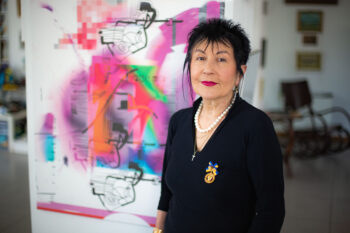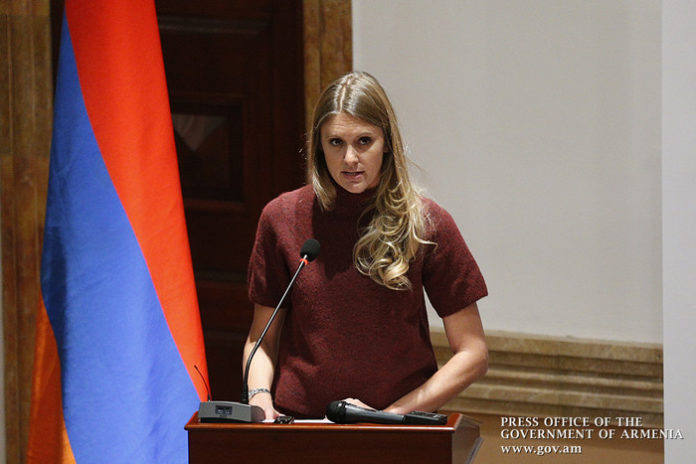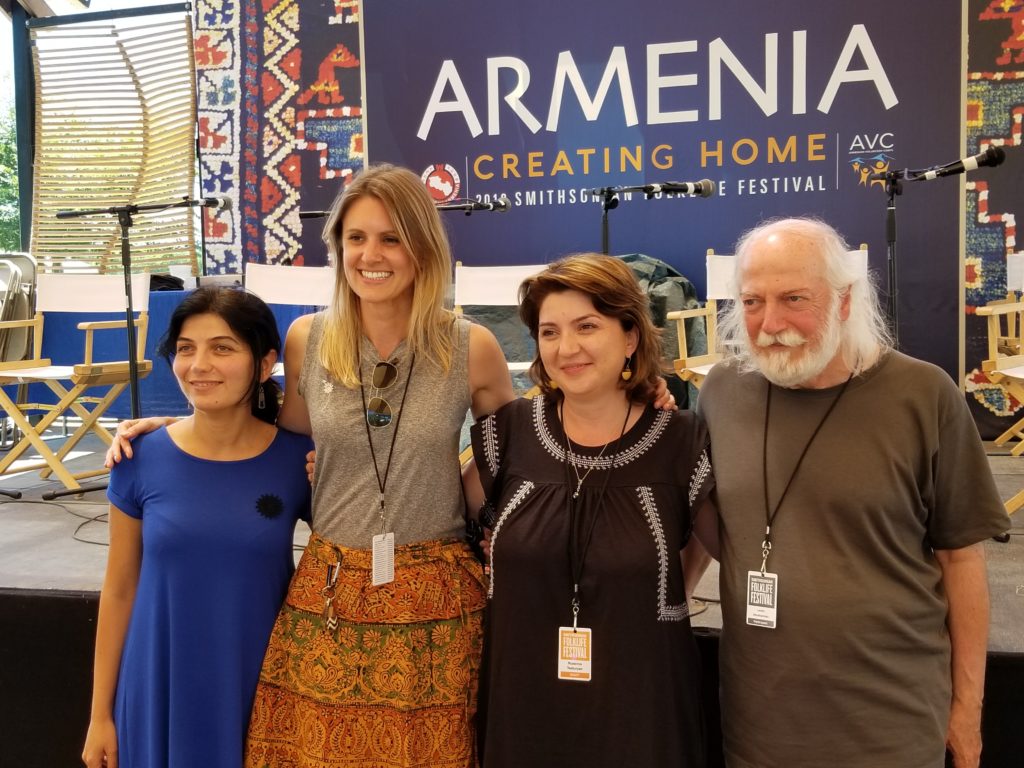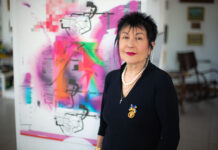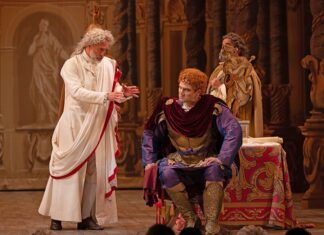WASHINGTON – When Halle Butvin answered her telephone, the gates were being put up at the blacksmith’s stand at the Armenian Folklife Festival at the National Mall a few days prior to the official opening. She exclaimed happily that everything was falling into place as it should. The year of curatorial planning and earlier research beginning in 2015 were paying off.
Butvin has been Director of Special Projects at the Smithsonian Center for Folklife and Cultural Heritage in Washington from 2016, and prior to that for three years was an advisor at the Smithsonian’s Office of International Relations. She was involved in the Armenian Festival from the very beginning, when the United States Agency for International Development (USAID) called the Smithsonian.
She did not know anything about Armenia until she asked Smithsonian Folklife Festival director Sabrina Lynn Motley, when she started working at the Smithsonian, if she could choose any festival anywhere in the world, what would she showcase, and Motley answered Armenia. Motley had a soft spot for Armenia because she grew up in Pasadena and became interested in Armenian culture there. That in turn, Butvin said, “definitely influenced our willingness to go out to Armenia and go about the project.”
The Smithsonian Center does research on tangible cultural heritage and people’s traditions, and sometimes the research only leads to a paper or a conference. However, when there is a critical mass of both research and a relationship or the right match, then a festival program is the result. In the present case, Butvin said, “we recognized very quickly that the Armenian story of resilience and of being able to sustain tradition over time was something that we really wanted to be able to tell.”
Armenia had the benefit of the already ongoing My Armenia cultural heritage tourism development program (for which Butvin ran the artisan initiative), so that connections had already been made with Armenia, including a partnership with the Institute for Archaeology and Ethnography of the Armenian Academy of Sciences. This, Butvin said, really set things off on the right track and soon the Smithsonian knew it wanted to prepare a festival program. It was not until more research was done that the decision was made as to what year it would be held and how. The Smithsonian previously had some materials from the Soviet period on Armenia, but not much on contemporary Armenian culture.
Meanwhile, the project aligned with the interests of USAID, which wanted to promote economic growth and development in the regions of Armenia outside the capital. The festival focused on the intersection between cultural heritage and economics. Butvin said that normally USAID projects do not look that much at culture, so this was an unusual circumstance.
